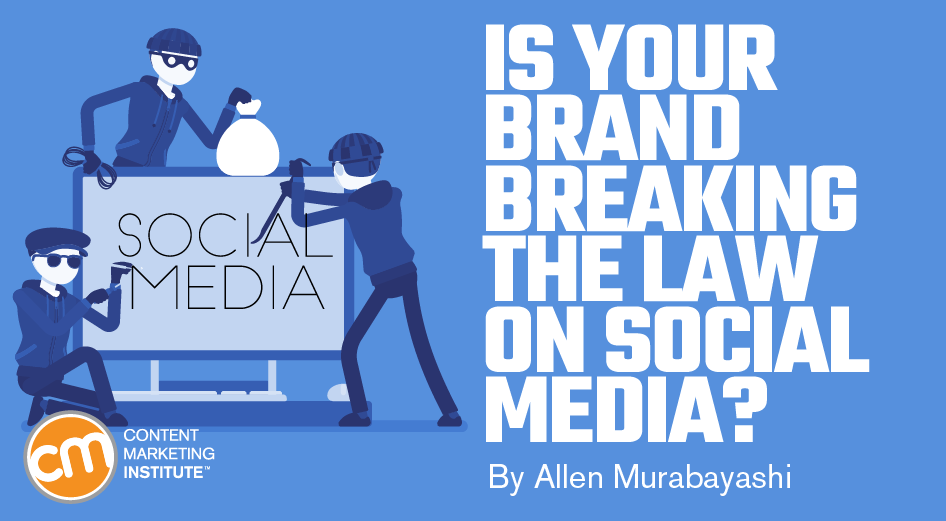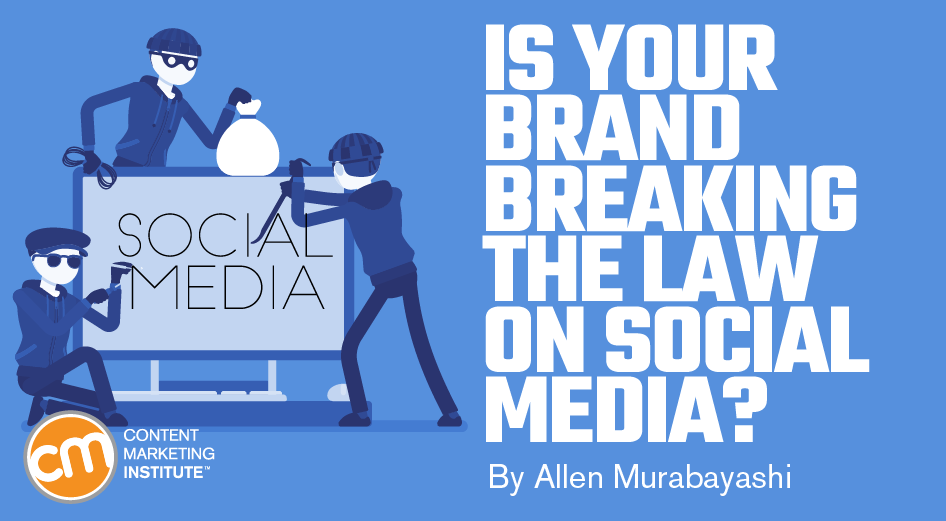One brand’s permission doesn’t mean everyone can use it Tagging the originator of an image doesn’t give the poster a legal license to reuse content. Do this: Avoid reposting other user’s content, even marketing-related content, unless you have explicit permission. Images from or about the news and celebrity images are frequently reposted without permission. Even reusing an image of your brand or you may not constitute fair use. But the photographer sued for copyright infringement, and the case was settled out of court. Use Google Images to see if the image is original to the brand. Some brands rely on hashtags to cull UGC content, then use the hashtag as evidence of permission to repost. (And Calvin Klein likely seeks explicit permission before it reposts on its Instagram account of 1.3 million-plus followers.) Know the platform’s rules Social media platforms have distinct personalities with different content focuses, but it’s important to remember most content is legally owned by the content creator. Do this: Always obtain permission before reposting content.

Ambiguous rules and lax enforcement of resharing original content on social media has perpetuated the theft of the creators’ intellectual property. But that’s changing as the creative class – photographers, videographers, musicians, et al. – are more likely to enforce their legal and moral rights in the growing multibillion-dollar social media industry.
If your brand doesn’t rely solely on commissioned or in-house content, you could have potential legal exposure from the images you use on social media. That’s why you might want to rethink or at least review your social media content policies.
U.S. copyright law provides statutory damages up to $150,000 per image for willful infringement. And, though you may not read about a lot of court decisions on copyright infringement, remember many cases are settled out of court, never to be shared publicly.
Mitigate your and your brand’s risk by understanding some key intellectual property (IP) insights and following a few hints I’ve found helpful even though I’m not an attorney.
Bots and automation make finding infringements easier
Google Images has a reverse image search feature that allows users to click on the camera then upload an image and view the websites using that image. Companies like Getty Images automate similar technology to find instances of unlicensed use and automatically dispatch letters seeking compensation for commercial infringement. Here’s one way to respond if you get a copyright infringement letter.
Technological improvements will continue to make it easier and cheaper for content creators to find stolen images, and properly licensing images is a simple way to avoid costly penalties.
Do this: License your images from stock photo sites or directly from photographers to avoid potential liability. Use a digital asset management (DAM) system to track your content licenses.
One brand’s permission doesn’t mean everyone can use it
Tagging the originator of an image doesn’t give the poster a legal license to reuse content. And given that images are reposted then reposted then reposted, original attribution often is lost. In other words, you might not only illegally post an image, you might credit the wrong person or brand.
A large fashion publication with 3 million followers recently reposted an image that appeared on the Instagram account of French hotel Domaine des Hauts. It didn’t seek permission or credit the photographer. Perhaps the media outlet thought it was OK to repost the image without permission because it was a marketing image. But fans of the photographer Jamie Beck recognized the reused image and cried foul. Although the publication quickly removed the image and licensed another one from the original photographer to the satisfaction of both parties (and their followers), the incident is a prime example of how the appearance of a brand’s content in social media isn’t a blanket license for others to use at will.
Do this: Avoid reposting other user’s content, even marketing-related content, unless you have explicit permission.
“Fair use” isn’t what it sounds like
People often cite “fair use” as a defense for breaking copyright law. But the concept is frequently misunderstood. U.S. copyright law poses the following four characteristics to evaluate the question of fair use:
- Purpose and character of the use (including whether the use is of a commercial nature or for nonprofit educational purposes)
- Nature of the copyrighted work
- Amount and substantiality of the portion used in relation to the copyrighted work as a whole
- Effect of the use upon the potential market for or value of the copyrighted work
Examples of commonly accepted fair use include but aren’t limited to educational purposes, criticism, and satire. Brands rarely repost images under these contexts, thus their use is unlikely to pass the fair use test.
Images from or about the news and celebrity images are frequently reposted without permission. Neither is considered fair use….

COMMENTS